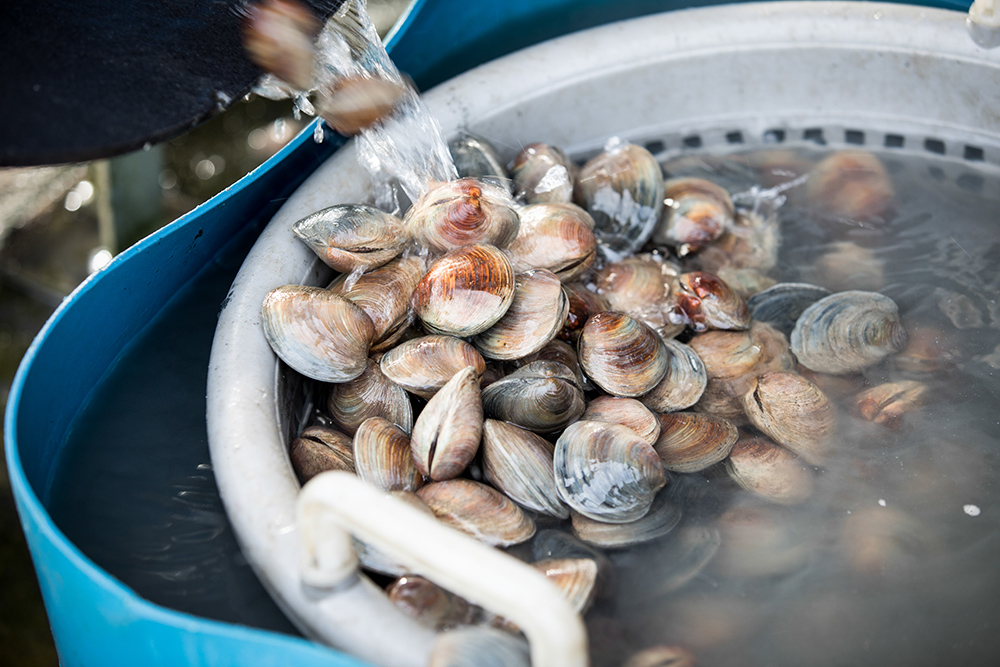By Matthew Chappell
University of
Georgia

Volume XXXIII |
In 61 Georgia counties this was many gardeners’ equivalent to D-day, the ‘D’ spelling a slow death for landscape plants and turf. But should we continue to twiddle our thumbs waiting for the day when we can water again?
The answer is a resounding no. You can continue to garden. In doing so, you can also prepare your garden for the next drought, whenever it occurs.
This drought has taught us a valuable lesson, one to remember once the rain begins to fall and drought restrictions are lifted. We as gardeners are stewards of our small plot of earth. We should work to better that environment while using as little water as possible.
You may be asking yourself, how does one conserve water when plants require water to survive? The answer is to use good gardening practices. These will be different for each gardener, depending on soil, terrain, location in the state and rainfall.
University of Georgia Cooperative Extension horticulturalists Gary Wade and Robert Westerfield have identified 10 good gardening practices you can use in your landscape to reduce and, in some cases, eliminate the need for irrigation.
1. Plant trees, shrubs and herbaceous perennials in the fall and winter. While the top of a plant shuts down for winter, the roots continue to grow. Because a plant installed during cooler temperatures has time to develop a strong root system, it will be less stressed the following summer.
2. Prepare your location properly. Till the soil 8-12 inches deep. Add soil amendments like cow manure to allow easier root development and fewer soil-related problems.
3. Add slow release fertilizerto the planting hole instead granular general-purpose fertilizers. These products can dehydrate the plant’s roots.
4. Install annuals such as geraniums, impatiens, lantana and marigolds in well-amended, raised beds. They will be healthier and more water efficient.
5. Place 3-5 inches of mulch on the soil surface after planting. This will help conserve moisture, maintain uniform soil temperature and prevent weeds. Fine-textured mulches such as pine straw, pine bark mini-nuggets or shredded hardwood prevent evaporative water loss better than coarse-textured mulches. Do not pile mulch deeply against a plant’s trunk.
6. Water only when plants need it. An abnormal gray-green color or obvious wilting are good indicators a plant needs moisture. Watering only when plants truly require it will help plants develop a deep, strong root system and survive during drier periods.
7. Irrigate at night or early in the morning to conserve moisture and avoid evaporation.
8. Test your soil to determine your garden’s fertilization requirements. Proper nutrition enables plants to better use available water and conserve it during dry periods.
9. Fertilize properly. Slow release fertilizers are more cost efficient, decrease the chance of root burn and allow the plant a season’s source of nutrition. Excess nitrogen or high nitrate fertilizers cause rapid growth and an increased demand for water. Avoid fertilizing during periods of limited rainfall or high temperatures, which can cause root burn and other damage on drought-stressed plants.
10. Cut annual and perennial flowers back several inches to reduce moisture loss during times of severe drought.
The above examples are a few ways you can implement simple and low cost measures to conserve water in your landscape. I challenge you to sit down and list of ways you currently conserve water in your landscape and what you can do in the future to conserve even more. You will find that it will lead to lower water bills and healthier, happier plants.






